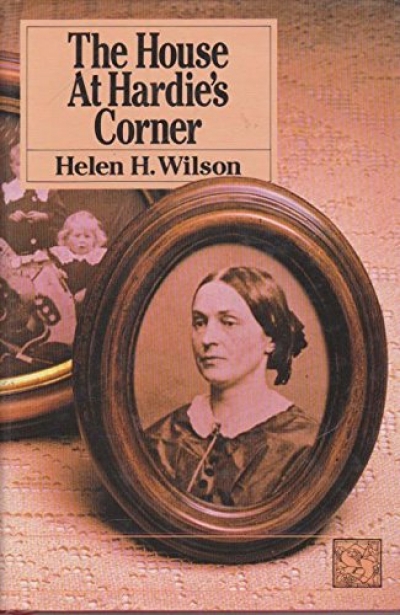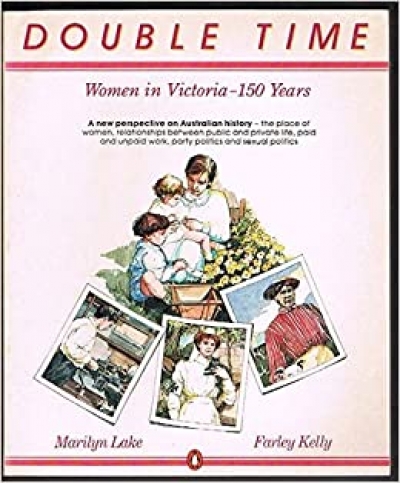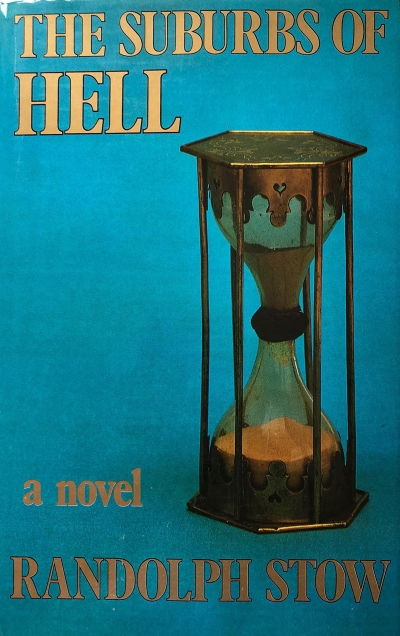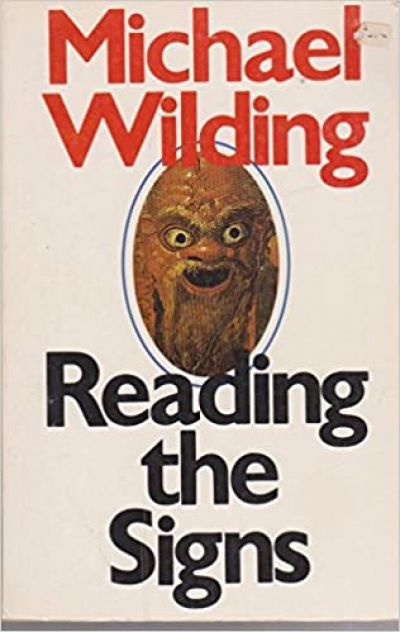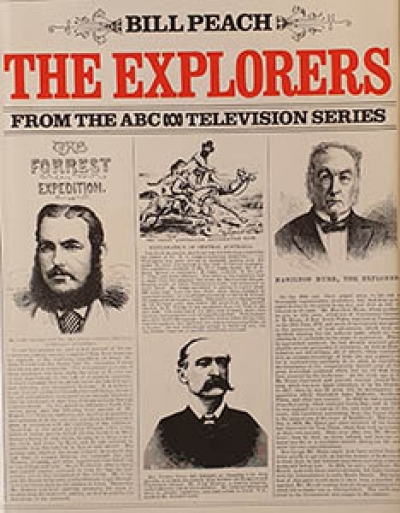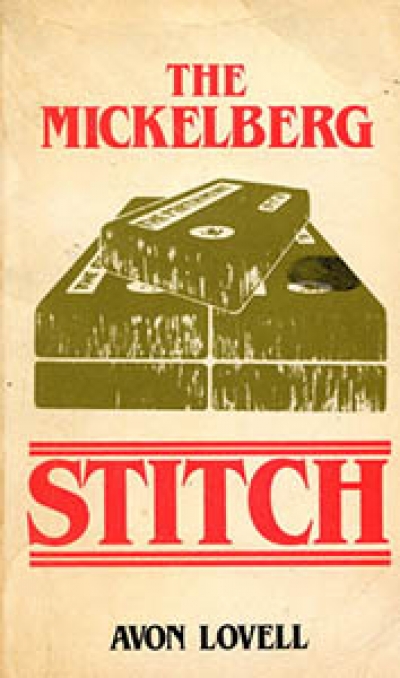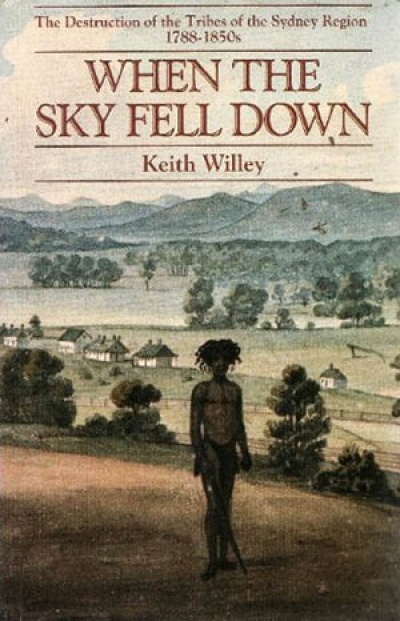Archive
The House at Hardie’s Corner by Helen H. Wilson & Landscape with Landscape by Gerald Murnane
by Ben Haneman •
Double Time: Women in Victoria – 150 Years edited by Marilyn Lake and Farley Kelly
by Kate Ahearne •
In the UK Bookseller, the self-named ‘organ’ of the VAT-proof Thatcherland, the gossip columnist, one Horace Bent, speculated that Simon and Schuster International were running their New York eyes over Thomson Books UK. However, Thomson, the umbrella sheltering Nelson from the noonday sun, along with pedigree icons Hamish Hamilton, Michael Joseph, and the slightly more louche Sphere and Abacus paperback lists, has chosen the dignified flippancy of Penguin over any other suitor. My source was impeccable, Penguins never lay eggs that don’t hatch, and the news is now yesterdays, unless of course you happen to be a Nelson employee crystal-gazing into the Penguin pond!
... (read more)When the Sky Fell Down: The destruction of the tribes of the Sydney region 1788–1850s by Keith Willey
by Maurice French •


